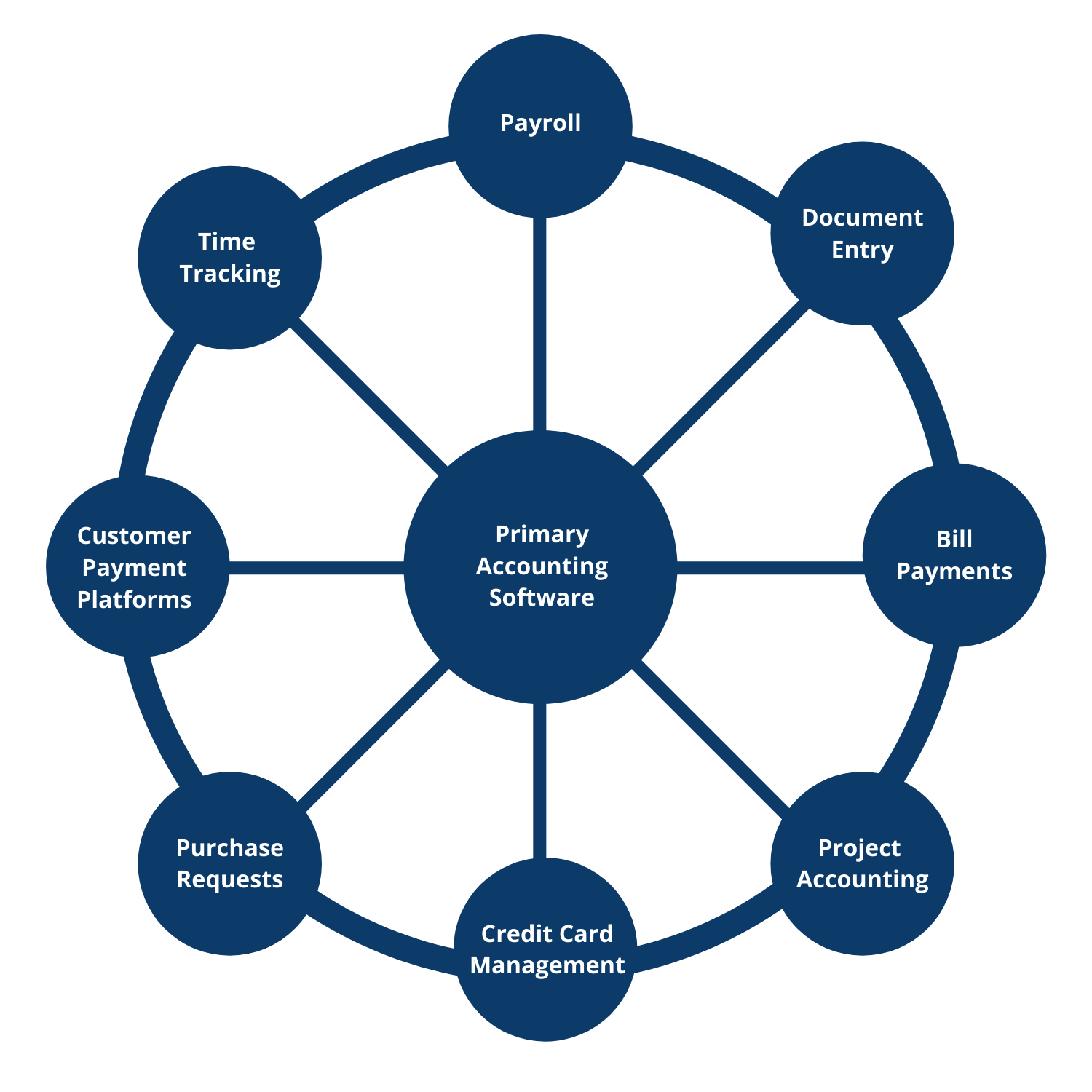We’ve spent time discussing the structure of bookkeeping and the necessary tools to get a complete and accurate product. In this section, we’re turning our focus to a second layer of tracking called project accounting. This adds another level of complexity to the accounting process, but with the right system, it can be done efficiently and effectively. Often times the success or failure of a project-based business is determined by how well they can execute this process.
Not every industry or business needs project accounting. The first question is, which businesses do need it? The name gives it away, but it’s any business that relies heavily on projects as their form of revenue. In other words, a business that submits a bid on a project, then must allocate staff and other resources over a period of time before completion.
Immediate sales like retailers would not apply except in rare circumstances when they want to track an internal or special project.
We look for these 6 characteristics when we are evaluating project management software:
-
How does it fit in my wagon wheel?
You want to find a system that fits into the system you’re already using unless you’re considering a major overhaul of your accounting system. If you have a desire for automated bookkeeping, then it needs to fit in that space. An all-in-one system may be appealing and there are a lot of industry-specific softwares out there. While they are customized to meet your industry, they are often less automated with other systems. You will have to consider the pros and cons of both options. -
Time Tracking
Time tracking integration is vital since you will be tracking labor hours of your team by job and by task within the job. -
Reporting
Here are a few examples of reports we like to see:- Budget vs. Actual by Job (detail and in total) – this needs to be broken down line by line. You should be able to see a budget for labor hours, labor $$, materials, subcontractors, and other miscellaneous costs.
- Profit reports by job and cost item for specific periods of time
- Time reports by Job and by Staff
- Work In Progress (WIP) – this is a measure of the amount of time and materials incurred that can be billed to a customer. If I purchase a material for $1,000 that I plan to sell for $1,200, my WIP will show $1,200. The same is true for labor hours. If my burden rate is $20 and my billable rate is $50, then one hour of time logged to a job would result in $50 of WIP being added. A WIP report shows all the time and materials that are billable to a customer across all jobs at a given time.
- Custom report capabilities – The standard reports in a system may not be enough for you and the system needs to be able to pull data in an organized fashion. When might you need this feature? Maybe you want to review a report of jobs assigned to a specific project manager or perhaps you want to review how much of Material A you purchased across all jobs throughout the year. Both of those scenarios would be prime examples of when you would want custom report capabilities.
-
Sales Tax
Depending on your industry, you may have to charge sales tax to your customers. This software will be the point where all sales invoices begin, so it’s important that the system can handle a multitude of sales tax rates and scenarios.
-
Imports/Exports
Whether you have an all-in-one system or you are using a specific job costing application, you will want to have the option of importing and exporting data using excel. This time saving feature will make it easier for you to automate systems that aren’t necessarily connected.
-
Ease of Use
This is all about functionality and how well your processes and jobs fit in the system. It has to make sense from an operations standpoint.
.png?width=755&name=Copy%20of%20enSYNC%20-%20Blog%20CTA%20-%20Nonprofit%20Accounting%20Software%20That%20Powers%20Your%20Mission%20(1).png)










































